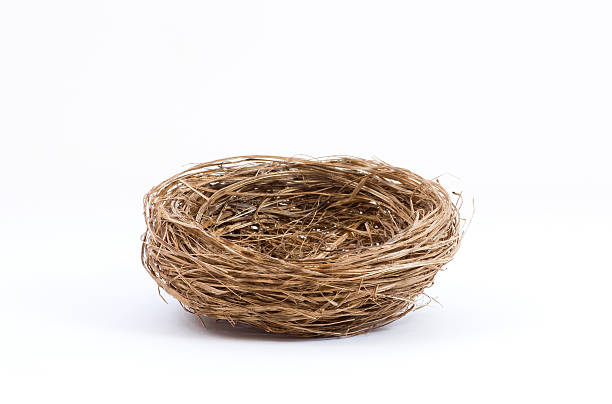
A closer look at a bird's eye view
Join the Conversation
Please share your thoughts below.
It will be helpful if you can have a coffee mug or other small object in front of you while reading this.
Every time I watch programming on time periods from millions of years ago, I’m always intimidated by the extent of features and capacities that the apex predators had. Huge claws, towering heights and wingspans, razor-sharp teeth.
While there are still phylogenic vestiges of those features in animals today, it remains somewhat hard to reconcile how weeny humans emerged from the Darwinian obstacle course. Listed among our evolutionary advantages are:
- Opposable thumbs
- Advanced thermoregulatory control
- Englarged forebrains
- Bipedal posture and mobility
- Stereoscopic vision
The term birdseye view suggests the capacity to look at something with greater perspective, but for the birds themselves that’s actually more a product of their ability for flight than it is of their vision itself. While birds do have remarkable visual acuity, all but a few classes of them lack stereoscopic vision. Their eyes are located across from one another in their heads, with focal ranges at 180 degrees to one another.
This is great for peripheral viewing; birds have an almost 360 degree span of view. However, monocular vision renders them incapable of
depth perception
Now, about that coffee-mug-or-other-small-object.
Set it a small distance in front of you and, midway between, place your hand and extend your index finger. Notice how your eyes work to establish which is in focus – the mug or your finger; it can’t be both at once. Now try the same bit, but cover one of your eyes with the other hand.
It’s a completely different experience. Notice how much more difficult it is to perceive the amount of distance between your finger and the mug.
Next, while keeping your hand over your eye and using only your mouth, go outside, gather sticks, grass and pieces of string and assemble them into a small structure with a rounded interior chamber. Importantly, make sure the distance to the perimeter of that shape is no further from you than the coffee mug from a little while ago. With some advance planning and equipment, you could even create a time-lapse video like the adjacent one to chronicle your progress.
Then, head to YouTube, locate the Fail Army channel and submit your video to them.
Because it ain’t going to happen. Even if we let you use your free hand, with its opposable thumb, you’d have no spatial sense of how to construct the nest. So you’d go back inside, perhaps to another cup of coffee, and use your enlarged forebrain in one of its greatest capacities – the ability to wonder.
How do birds do it?
None of the materials are cut to size, there’s no established location for the supply of them, the site of the build can be as unsecure as the junction of small branches, the wind is blowing, all you have is your beak and you have no depth perception. What are the odds?!!?
Isn’t it somehow reassuring to realize what these beautiful creatures have done within their limitations? Are these nests not pocketed reminders that things are possible beyond our comprehension – surmounting the limiting influence of our doubts and desire for control?
What if we looked the other way and considered that birds’ capacity to build nests was actually made greater by the absence of depth perception? That their incapacity somehow freed them from the preoccupation of where they were in relation to what they were creating, thereby shifting focus from the self to the greater good? From a construction as a singularity to a contribution to a system.
The more I have thought about the wonders of bird nests the more I have had cause to consider the divine. Not in the manner that it is beyond us, but in the manner that it acts in transcendent supplementation to our limitations – in a manner that gives currency and cause to faith.
Think it over for a minute, about over thinking. About the number of times in your life you became self paralyzing from an intellectualized conclusion that you couldn’t do something. When you jammed the cogs of cognition.
Job 12: 7-9
Perhaps there is something in the space between one’s self and the subject of one’s attention that might in fact be a missed focal point. Something that birds, who are clearly out of their depth, can teach us about. That God is in the gap. That faith is more than believing in something beyond our reach, but also believing that something is with us that extends our reach.
And so, as such, I am reminded of incapacity every time I look at a bird’s nest. Not as it relates to their vision, but rather my own, which so often fails to see what truly exists between myself and the world right in front of me. What a gift it must be to have a bird’s eye view.

Moving on to the next bit of brilliance, I think…
Oh crap.
I’ve knocked the stinkin’ coffee mug over. Gonna have to wrap this up. This post took me over six weeks to complete. Would’ve been done better and sooner if I had just stuck with it.
Aww no, not on the carpet…








It will be even more sad when I see a nest on the ground which is a small miracle of construction.
Thank you for sharing your insight (pun not intended).